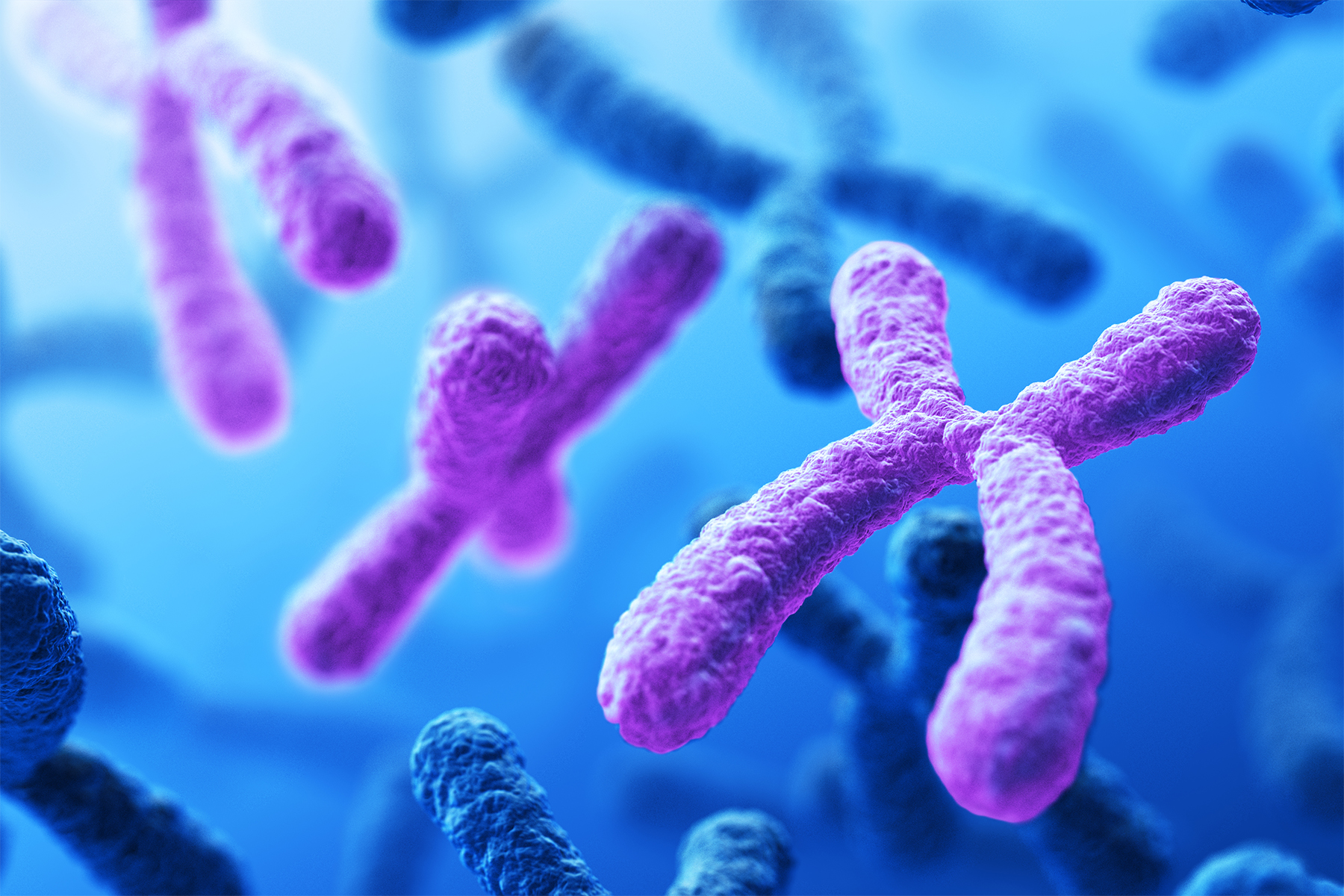
Chromosome Biology

Chromosome Structure and Epigenetic Memory
Chromosome Structure and Epigenetic Memory
We are interested in understanding how cellular identity is propagated as cells divide. Using advanced flow cytometry combined with mass spectrometry1,2, we have been able to isolate and purify individual mitotic chromosomes from different species (human, mouse and fly) and comprehensively profile the proteins and RNAs that remain chromosome-associated during mitosis. We have also prospectively isolated the active and inactive X metaphase chromosomes from female cells and identified novel factors likely to be important for maintaining their distinctive states3. Although many proteins are evicted from condensing chromosomes, our studies have shown that approximately 10% remain chromosome-associated throughout mitosis1,4. These include specific DNA-binding factors, chromatin repressor complexes, DNA methylation machinery and SMC family proteins. To assess their importance for chromosome structure and epigenetic inheritance, we are systematically degrading or cleaving individual factors in metaphase and examining the biophysical, structural and molecular consequences of this using optical tweezers and Cryo-ET approaches as well as analysing nascent RNA expression in postmitotic cells. These studies bring together expertise in several fields to decipher, at a mechanistic level, how epigenetic memory is propagated. In addition, as the approaches we are developing enable native (unfixed) human chromosomes to be individually isolated and studied ex vivo, we will investigate how disease-associated chromosomal translocations impact mitotic bookmarking and genome stability.
References
- Djeghloul et al., 2020 Nat Commun. 11, 4118.
- Djeghloul et al., 2023 Nat Struct Mol Biol 30, 489.
- Djeghloul et al.,Research Square https://doi.org/10.21203/rs.3.rs-4687808/v1
- Dimond et al.,bioRxiv https://doi.org/10.1101/2024.04.23.590758
Understand human disease associated with chromosome instability
Understand human disease associated with chromosome instability
The aim of this project is to exploit the human artificial chromosomes (HAC) to understand human disease associated with chromosome instability and to develop new strategy for therapeutic treatments.


